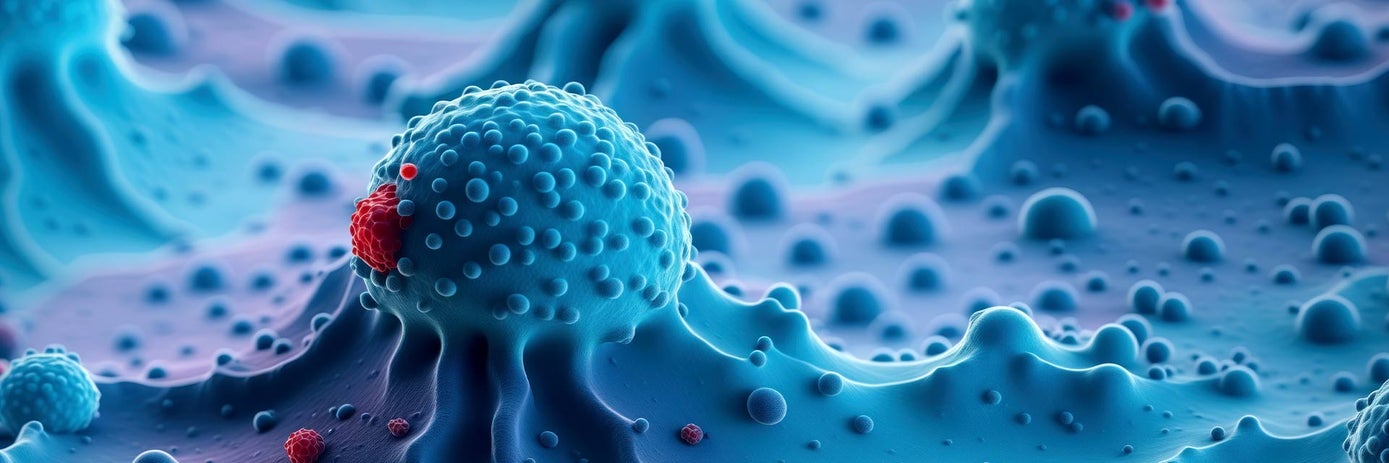Introduction
Cancer research has witnessed remarkable advancements in recent years, thanks to cutting-edge technologies like next-generation sequencing (NGS). Among the critical components of NGS workflows, Unique Molecular Identifiers (UMIs) stand out. In this comprehensive blog post, we delve into the benefits of UMI sequencing and its impact on cancer genomics.
What Are UMIs?
UMIs, also referred as “Molecular Barcodes” or “Random Barcodes”, are short nucleotide sequences that are incorporated into NGS libraries. They are used to tag each library molecule present in the sample with a unique sequence, allowing accurate assessment of its complexity.
The presence of UMI serves two essential purposes:
PCR Duplicate Removal: PCR duplicates can bias downstream analyses, especially when starting with low inputs of sample or when working with regions with high GC content. UMIs enable the differentiation of duplicates (which share same UMI sequence) from true copy number (each copy with a different UMI sequence), enhancing the accuracy of variant calling.
Error Correction: UMIs combat index crosstalk and sequencing errors introduced during library preparation, amplification, and sequencing. By tagging each original molecule with a unique barcode, UMIs allow us to distinguish true variants from artifacts.
Benefits of UMIs in Cancer Research
- Reducing False Positive Calls: as indicated above UMIs eliminate PCR and mitigate index crosstalk, ensuring that each variant is counted only once and therefore reducing false-positive variant calls. Researchers can confidently identify somatic mutations, copy number variations, and other genomic alterations.
- Rare Variant Detection: NGS data typically has low error rates, but when errors appear they are often confused with true low-abundance variants, a relevant aspect for our understanding of cancer. UMIs enhance our ability to detect ultralow frequency mutations. For example, it has been recently shown that mutations at allelic frequency as low as 0.1% can be detected in UMI-tagged cell free DNA (cfDNA) samples from Non-small cell lung cancer patients.
- Tracking clonal evolution: Tumors are composed of genetically diverse subclones that evolve due to mutations, selection pressures, and microenvironment interactions. With UMIs, researchers can pinpoint mutations present in a small subset of cells. By analyzing genetic heterogeneity across different tumor regions, we gain insights into tumor progression and therapeutic responses.
- Robust Gene Expression Quantitation: Computational removal of PCR duplicates based only on mapping coordinates introduces bias and information loss. Common practice involves removing all but one read of identical sequences, assuming they were created from the same cDNA molecule by PCR. However, this assumption may not hold especially for deep sequencing studies. Alignment will remove many biologically meaningful reads, and this is more likely to happen with highly abundant transcripts. Incorporation of UMIs provides a more reliable and precise way to quantify gene expression levels. This is crucial for understanding cancer-related pathways and identifying potential therapeutic targets.
Practical Applications
Patient management: UMIs are increasingly used in clinical settings for personalized cancer treatment. Accurate variant calling informs treatment decisions.
Drug Development: Researchers use UMIs to identify drug-resistant variants and study tumor evolution during treatment.
Minimal Residual Disease Detection: UMIs help detect residual cancer cells after treatment, guiding follow-up care.
Conclusion
Unique Molecular Identifiers have significantly transformed cancer genomics by enhancing accuracy, sensitivity, and our comprehension of tumor heterogeneity. As technological advancements continue, UMIs are likely to play a relevant role in shaping cancer research, ultimately leading to improved outcomes for patients globally.

































